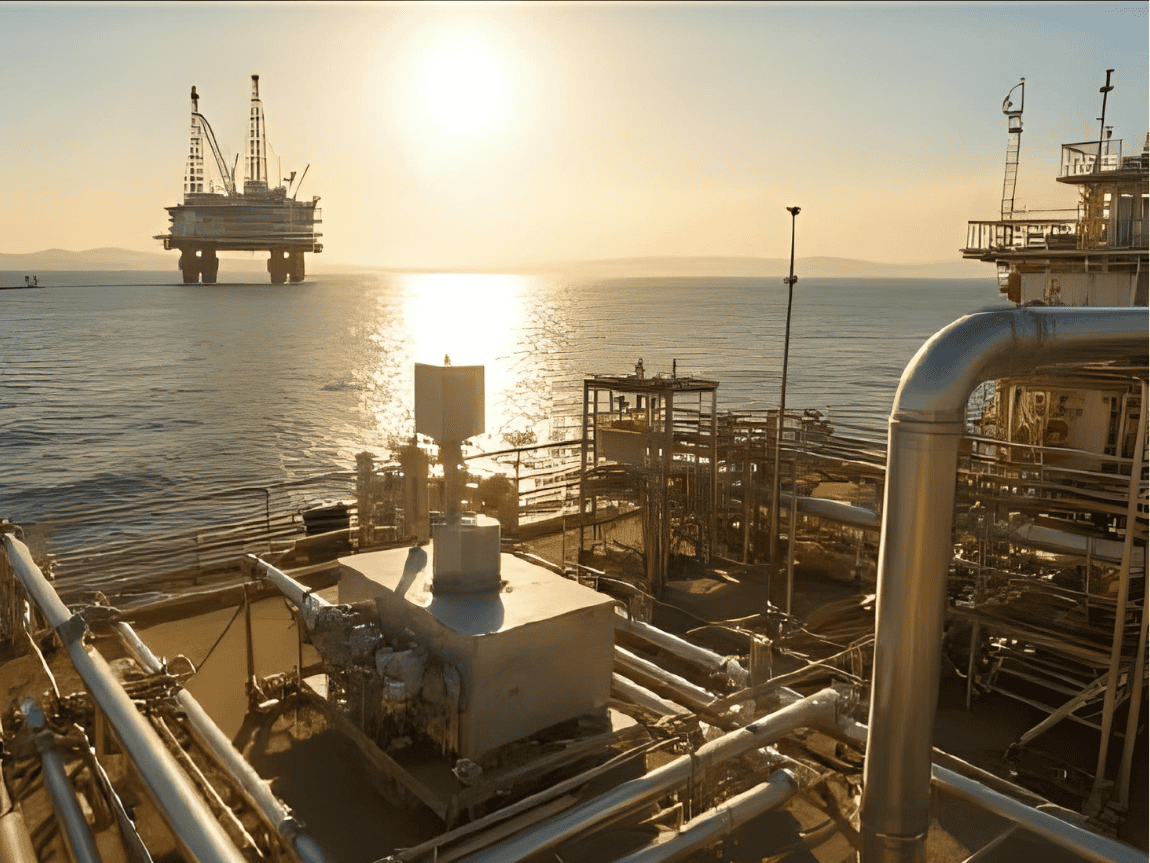
Why Clean CO₂ Matters: The Role of Impurities in Carbon Capture and Storage (CCS)
Why Clean CO₂ Matters: The Role of Impurities in Carbon Capture and Storage (CCS)
Introduction
This article summarizes findings from a study published within the COREu project by our colleagues and project partners from CERTH and AUTH, highlighting the critical role of impurities in the carbon capture and storage (CCS) chain: from pilot capture plants to final sequestration.
Part 1: The Invisible Challenge: What’s Really in Captured CO₂?
As the world intensifies efforts to tackle climate change, carbon capture and storage (CCS) is emerging as a key technology to reduce greenhouse gas emissions. CCS involves capturing CO₂ emissions from industrial sources like power plants, cement factories, or refineries, transporting the gas via pipelines or ships, and storing it deep underground in geological formations. While it might sound simple, the reality is far more complex. What’s often overlooked is that the CO₂ stream captured from industrial processes is not pure. It contains various impurities, many of which can cause serious technical, economic, and safety challenges if not properly managed.
When CO₂ is separated from flue gases, it doesn’t come alone. Alongside the CO₂ are a range of other substances that come into the stream during the capture process. These may include residual components from the original flue gas, such as nitrogen and sulfur oxides, or new compounds formed during the chemical capture process, like ammonia or solvent degradation products. Even water vapor, which may seem harmless, can cause significant issues. Depending on the type of capture technology and the industrial source, the CO₂ stream can also contain aldehydes, volatile organic compounds (VOCs), oxygen, and traces of the solvents used to bind and release the CO₂. Some of these impurities originate from the fuel burned, others from reactions that occur inside the capture plant, and still others are the result of degradation of the solvents over time.
These impurities can have real consequences. For example, water in the CO₂ stream can combine with sulfur dioxide or nitrogen dioxide to form corrosive acids. This can damage pipelines, compressors, and storage wells, significantly increasing maintenance costs and safety risks. High concentrations of oxygen can also accelerate corrosion, especially in the presence of moisture. Certain organic compounds may pose environmental or health risks in the event of a leak. Others, like ammonia, can crystallize and clog equipment. The presence of non-condensable gases like nitrogen, methane, or hydrogen reduces the density of the CO₂ stream, meaning more energy is needed to compress and transport the gas. Altogether, impurities affect everything from pipeline design and safety standards to the long-term stability of underground storage sites. That’s why CO₂ purity is not just a technical detail.
Around the world, different CCS projects and infrastructure operators have developed their own purity specifications. For example, Northern Lights, the flagship Norwegian CCS project, requires CO₂ purity of at least 99.81 percent and limits water content to just 30 parts per million. Others, like Porthos or Aramis in the Netherlands, have slightly more flexible limits depending on transport mode or source. In general, most specifications aim to limit reactive or corrosive substances, non-condensable gases, and toxic compounds. However, there is currently no universal international standard. This lack of harmonization poses challenges, particularly if countries or companies plan to link their transport networks or build shared CO₂ storage infrastructure in the future.
Part 2: Cleaning, Monitoring, and the Road Ahead
To make captured CO₂ safe for transport and storage, it first needs to be cleaned. CCS plants use several treatment steps to remove harmful substances like water, ammonia, and tiny particles. These include washing systems, filters, and drying units that help reduce corrosion and meet strict purity standards. Depending on the type of plant and its location, the exact setup may vary, but the goal is always the same: to deliver clean CO₂ that won’t damage pipelines or storage sites.
Even after cleaning, the CO₂ must be closely monitored. Sensors are used to check gas composition and spot any impurities. During transport, systems look for signs of leaks, pressure drops, or corrosion to keep everything running safely. This kind of monitoring is especially important in large or offshore networks. Still, there’s room for improvement. Many plants don’t report detailed data on what impurities remain in the final CO₂ stream. We also know too little about how these substances behave underground over time. Better data and long-term studies are needed to understand the risks, and to decide whether it's cheaper to clean the CO₂ more thoroughly or build stronger infrastructure.
In the end, CCS isn’t just about capturing carbon, it’s about managing the full CO₂ stream. Even tiny amounts of impurities can cause big problems. That’s why smart cleaning, careful monitoring, and clear rules are essential. If we want CCS to work at scale, we have to treat CO₂ not as waste, but as a high-quality product. The cleaner it is, the safer and more effective the system becomes.
Publication
Nikolaidou, E. G., Nessi, E., Seferlis, P., & Papadopoulos, A. I. (2025). The role of impurities in CCS from pilot capture plants to sequestration sites - A review. International Journal of Greenhouse Gas Control, 145, 104410. https://doi.org/10.1016/j.ijggc.2025.10441
Find the full publication under this link.

